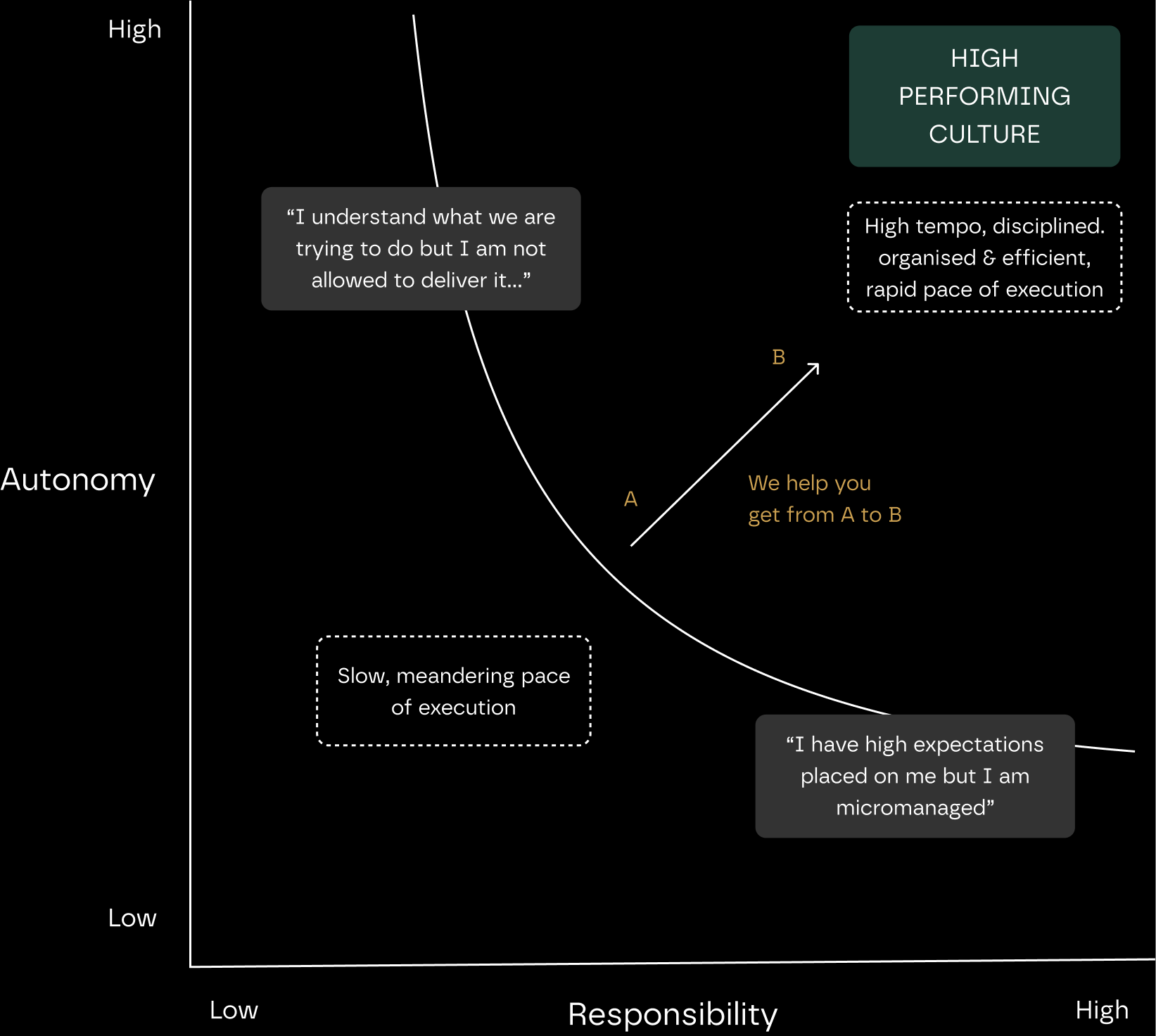Good decision-making is based upon a good understanding of the context.
The context for your organisation is the inter related conditions in which the business exists.
For simplicity, we'll expand on this by separating the internal organisational context from the external environment…
Step 1
Where have you come from?
Where are you today?
- Our brand
- Our products & services
- Our strengths + weaknesses
Step 2
The Past
- The evolution of the environment & how it shapes the present situation
The Present
- Current potential opportunities & threats
- Our competitors
- The Political
- Economic
- Technological
- Social & Demographic
- Legal
- Environmental
Step 3
The Future
- What assumptions can we safely make about the future?
- How can we move with the ‘tide of change’ rather than against it?
- Are we looking over the horizon and testing our assumptions regularly?
If you skip step 2 and fail to understand the external context, you’ll miss opportunities to ride waves of change.
For example. BMW re-released the mini in 2001 when the average ‘baby-boomer’ turned 46. The time of the re-release rode a demographic wave of change. It connected an entire generation with the feeling of their youth resulting in impressive sales. The Fiat 500 and the Dodge Challenger have followed this example.
Step 4
Where are you going? “Your Intent”
- What outcome are you trying to create?
- Where do you play and how do you win?
- Are we working with or against the tide of change?

Once we understand the context that you face and what you’re trying to do, we can start to create the path to take you from where you are today to where you want to be.
An Intent statement clarifies the future you are trying to create. In November 2013, Elon Musk restated his intent for Tesla when he stated, ‘Our goal when we created Tesla a decade ago was the same as it is today: to accelerate the advent of sustainable transport by bringing compelling mass market electric cars to market as soon as possible’.
This statement clarifies what the company is trying to do. Their vision is supported ‘by a tide of change’ as western governments and societies try to reduce their carbon emissions.
Intent statements are easy to create but they need to be understood by everyone in the organisation so that they act as a framework for their decision-making. You cannot empower people unless they are clear on what the organisation is trying to do.
One of the ways we do that is by creating leading measures. Leading measures clarify the tactical actions that the team members on the frontline need to do to drive the performance of the organisation.
To find out more about these – download the following document:

But rarely understood outside of the boardroom.
We need to be confident that people are using it as a framework for their decision making. This is challenging.
But as Brooks law explains it only get more challenging as the organisation scales
Are you confident your intent is well understood? When did you last check on a Frontline Staff member?
“Every dead body on Everest was once a highly motivated person possessing a strong sense of urgency, engaged by inspired leaders with a shared purpose and a growth mindset”.
- Dave Snowden.
Execution is the bridge between your current situation and the new reality you are trying to create. It is everything.
There are three things required to execute well:
To find out more about these – download the following document:

If you want to execute well, you must maintain a relentless sense of focus…
Do one thing...
Do three things...
Autonomy & Responsibility
The Discipline to stick to the Path and the pace at which the organisation can execute is dictated by the culture.
We believe a culture has to be high in both autonomy and responsibility in order to create the conditions for execution.

Low performing culture to high performing culture
We develop leaders who understand the context they face and are able to choose their behaviour to generate the best return for the stakeholders & the organisation over the long-term.


















- The Fundamentals of Leadership and Management
- Emotional Intelligence
- Effective Communication
- Decision-making under pressure
- Managing Difficult Conversations
- Delegation and Empowerment
- Creating High Performing Teams






















